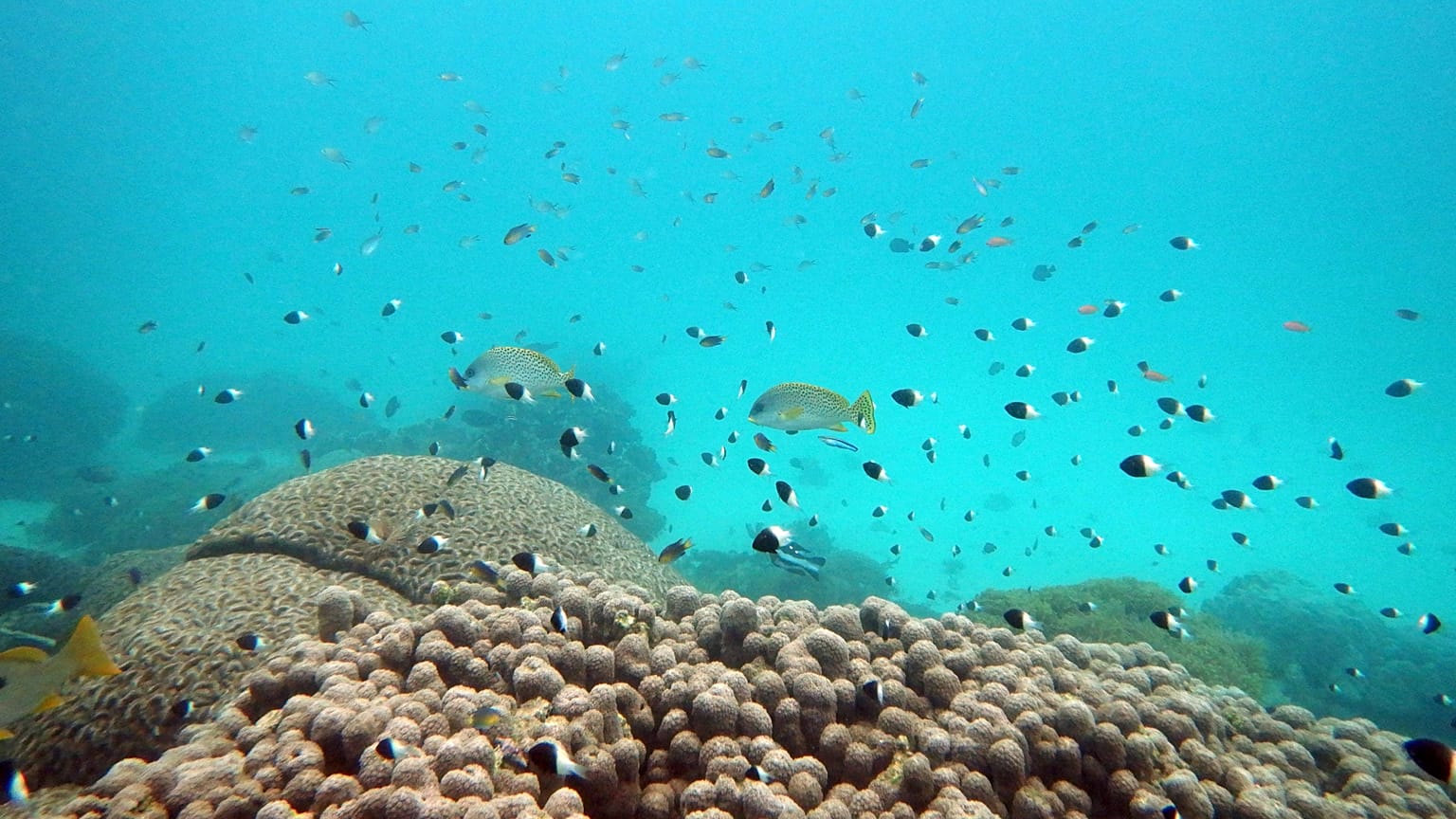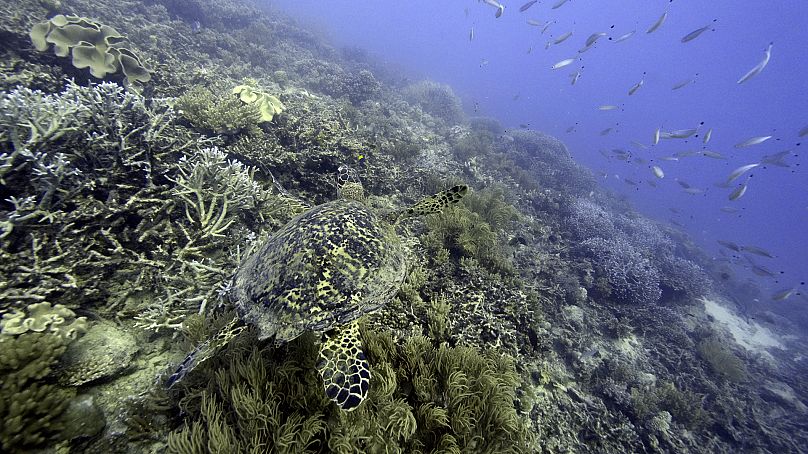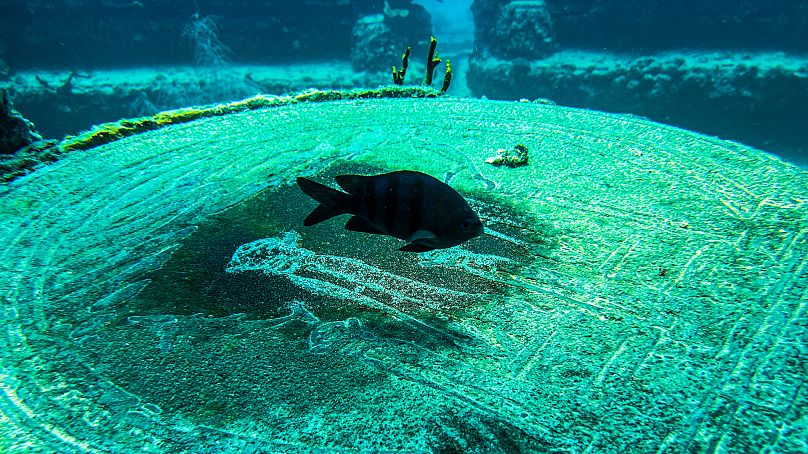For the first time, UN members have agreed on a 'once-in-a-generation' treaty to protect marine life in the regions outside national boundary waters, known as the high seas.
For the first time, United Nations members have agreed on a unified treaty to protect biodiversity in the high seas, a move aimed at countering threats to marine biodiversity.
"The ship has reached the shore," conference chairwoman Rena Lee announced at UN headquarters in New York – marking the possible end to 15 years of negations.
On Saturday, delegates finalised the text that will be formally adopted at a later date after it has been legally vetted and translated.
The exact content of the treaty has not been released but campaigners have already hailed it as a landmark move to protect biodiversity.
A 'once-in-a-generation opportunity to protect the oceans'
“We only really have two major global commons — the atmosphere and the oceans,” said Georgetown marine biologist Rebecca Helm.
While the oceans may draw less attention, “protecting this half of earth’s surface is absolutely critical to the health of our planet."
Now that the long-awaited treaty text has been finalized, Nichola Clark, an oceans expert at the Pew Charitable Trusts who observed the talks in New York, said: "This is a once-in-a-generation opportunity to protect the oceans — a major win for biodiversity."
The treaty aims to protect the high seas, which begin at a maximum of 200 nautical miles, or 370 kilometres, from the coastline and are not under the jurisdiction of any state.
Those waters, which represent more than 60% of oceans, have long been ignored in environmental regulations. And only around 1% of the high seas are currently subject to conservation measures.
Once enacted, the new agreement will create a new body to manage the conservation of ocean life and establish marine protected areas on the high seas. And Clark said that's critical to achieve the UN Biodiversity Conference’s recent pledge to protect 30% of the planet’s waters, as well as its land, for conservation.
The treaty also establishes ground rules for conducting environmental impact assessments for commercial activities in the oceans.
“It means all activities planned for the high seas need to be looked at, though not all will go through a full assessment,” said Jessica Battle, an oceans governance expert at the Worldwide Fund for Nature.
Agreement knits together different regional treaties
Many marine species — including dolphins, whales, sea turtles and many fish — make long annual migrations, crossing national borders and the high seas.
Efforts to protect them have previously been hampered by a confusing patchwork of laws.
“This treaty will help to knit together the different regional treaties to be able to address threats and concerns across species' ranges,” said Battle.
That protection also helps coastal biodiversity and economies, said Gladys Martínez de Lemos, executive director of the non-profit Interamerican Association for Environmental Defense focusing on environmental issues across Latin America.
“Governments have taken an important step that strengthens the legal protection of two-thirds of the ocean and with it marine biodiversity and the livelihoods of coastal communities,” she said.
The high seas have long suffered exploitation due to commercial fishing and mining, as well as pollution from chemicals and plastics.
The new agreement is about “acknowledging that the ocean is not a limitless resource, and it requires global cooperation to use the ocean sustainably,” said Malin Pinsky, a biologist at Rutgers University.
Billions of euros to protect oceans
During the conference, global powers also pledged billions of euros worth of funds to help protect the world's oceans.
The European Union promised €40 million euros to facilitate the ratification of the treaty and to help with its implementation.
Beyond that, it has also pledged more than €800 million for ocean protection in general by 2023.
In total, there were "341 new commitments" worth nearly €18 billion made at the conference, including nearly €5 billion from the United States.

















